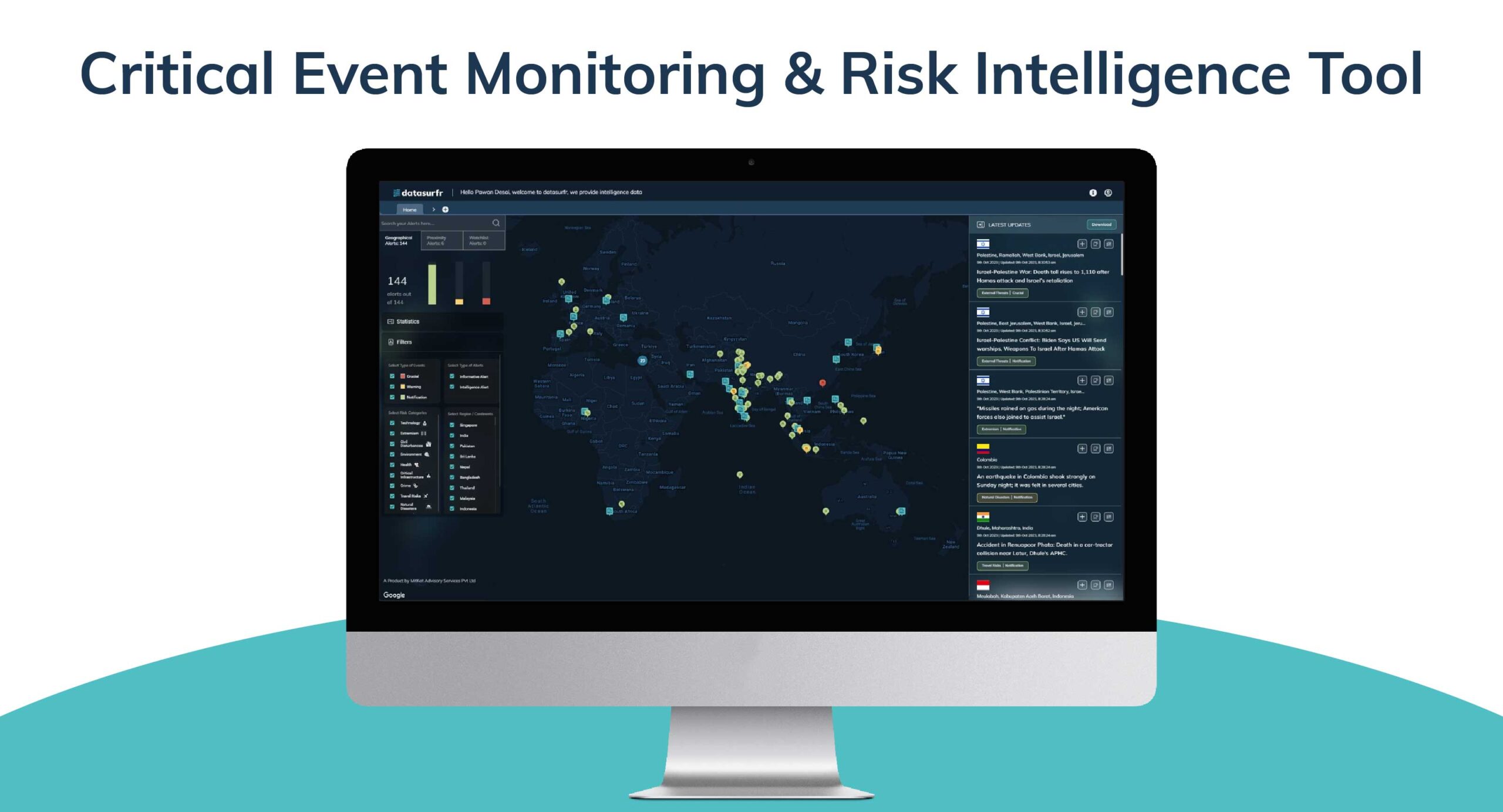Locations Affected: Australia
Heavy rainfall in New South Wales (NSW) have triggered unprecedented flooding across multiple towns in the Mid North Coast and Hunter regions, isolating more than 50,000 people and causing two casualties. Some parts of NSW have received almost 450 mm of rainfall in 48 hours, equivalent to four to five months’ worth of rainfall for this time of year. The deluge caused the Manning River to overflow, reaching a peak flood level of 6.4 metres at Taree, surpassing the record set in 1929. The NSW State Emergency Service (SES) has conducted hundreds of flood rescues. According to the Bureau of Meteorology, the heavy rainfall is due to a coastal trough tracking northwards.

Source: https://x.com/BOM_au/status/1925306545488716208/photo/1
Impact of the Flood
- As of 22 May, more than140 warnings have been issued across the Hunter and Mid North Coast regions of New South Wales. Taree, Wingham, and Glenthorne are among the most at-risk areas.
- Authorities have ordered evacuations in several towns, including Kempsey Central Business District, Gladstone, Smithtown, Kinchela, Jerseyville, and Spencerville. Residents of Oxley Island, Mitchells Island, Manning Point, and Port Macquarie North Shore have been advised to shelter in place.
- More than 40 flood rescue teams are active between the Hunter region and Coffs Harbour. Evacuation centres have been set up in Wingham, Dungog, Taree, and Bulahdelah.
- The regional airport at Port Macquarie has been closed since 20 May until further notice. Dunmore Bridge in Woodville has been closed in both directions. The train network on the Central Coast and Newcastle lines has also been affected by flooding.
- As of 22 May, power outages have been reported at more than 5,000 businesses and homes.
Weather Forecast and Outlook
The NSW SES forecasts an additional 200 mm of rainfall through 23 May before the system weakens and tracks south towards Sydney. This is expected to elevate flood risks, especially in already affected areas between Newcastle and Grafton. With the ground already saturated, further rainfall is likely to cause rivers to swell further. Coastal erosion is possible due to hazardous surf conditions. Damage to utility infrastructure may lead to power and communication service disruptions. Travel and flight delays are expected to continue depending on weather developments. Organizations are advised to monitor weather updates and activate contingency plans as necessary.



